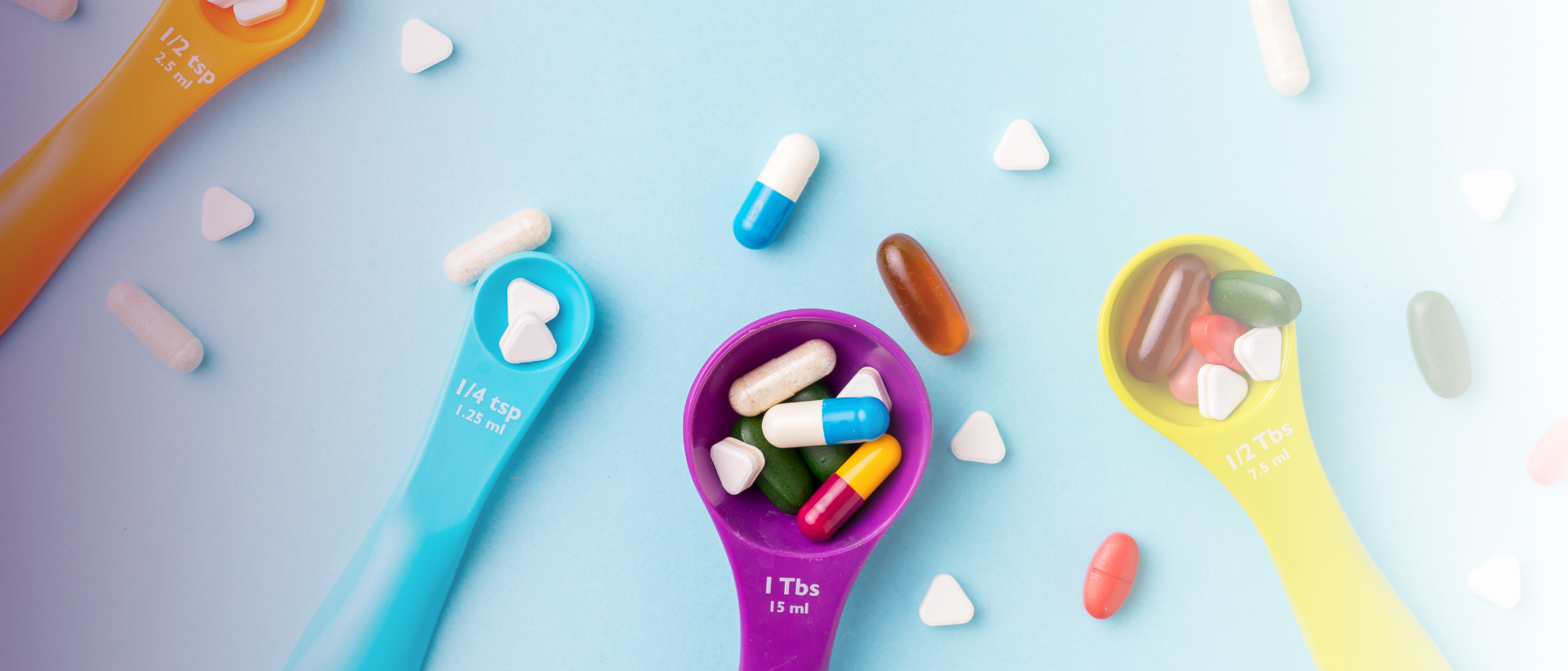After a few hours of intense training, I feel sore. It hurts. My shoulders, hips, neck, calves, legs, and triceps ache. It is very inconvenient, especially when I need to work in the office or attend an out-of-town business meeting the next day.
How Long Does the Pain Last?
My trainer said that the pain disappears after a few days. Usually, the muscle soreness starts from 12 to 24 hours after a strenuous exercise. The inflammation tends to peak from 24 to 72 hours. Then, the pain begins to decline.
What if the inflammation continues for an extended period? What are you going to do? Muscle soreness is normal, particularly when you exercise. If the pain persists for a few weeks or months, it’s time to get some Pain Treatment Therapy or visit a doctor. Don’t leave it too late!
Instead of following what you research online, although some information is reliable, do not be afraid to contact your physical therapist and other trusted health professionals.
Some Expert-Recommended Treatments for Muscle Pain
Who wants to endure muscle pain after an intense workout routine? No one likes that. While it is part of the process, it can interfere with your life. You may encounter some trouble concentrating. Your productivity will decrease. Plus, your relationship with your family, colleagues, and friends may change.
Do not wait for that time to happen! Below are some treatments that may provide muscle pain relief:
Take Pain Medication
People after a workout feel different pains. While the soreness subsides after a few days, you might not endure the discomfort.
Usually, licensed health professionals advise patients to consider and take nonsteroidal anti-inflammatory drugs to relieve the inflammation and pain. Some may also advise taking an alternative product if they are available in your area. For instance, some may opt for delta 8 gummies if medical marijuana products are available in their area.
Over-the-counter medications are naproxen sodium, ibuprofen, and aspirin. If it does not work, prescription NSAIDs are your last resort. Common brands are Oxaprozin, Vimovo, Etodolac, Diclofenac, Indomethacin, and Naproxen. Ask your doctor’s prescription before you take any of these medications.
Massage Affected Areas
Typically, after a long workout, I would go to massage parlors for some relaxation. But because of Covid-19, my partner is my masseuse. Before, we only used sports cream. Now, we employ essential oil, and here are some of my top choices:
–Clary Sage. This is rich with potent antimicrobial properties that help control soreness.
–Roman Chamomile. Similar to Clary Sage, Roman Chamomile is soothing. I love its daisy-like flower scent, and it is very addicting.
–Rose Oil. Relaxing effect? Good scent? Cheap? Effective? Highly accessible? Name it! Rose oil got them all.
–Lavender. Lavender oil is also one of the best choices you can ever have. Its scent is soothing. It does not relieve painful muscles but eases my mind.
Heat Therapy
After a massage, how does it feel? Perhaps, you experience pain relief. Alternatively, you also consider heat therapy. Once an inflamed area is exposed to enough heat, it will dilate blood vessels, promote good blood flow, and help tightened muscles relax.
With improved circulation, lactic acid waste will not build up. Taking a bath is the most common type of heat therapy. But it won’t work for some people. You can apply a safe heating device to the sore area instead. If you are on a budget, a hot compress or water bottle is a perfect idea. You can also try electrical heating pads if you have an extra budget.
Cold Treatment
On the other hand, cold therapy reduces blood flow to a swollen area, slowing the rate of inflammation and tissue damage. Considered a good local anesthetic, it numbs sore tissues. It is most effective after 48 hours of a severe injury.
You can use a chemical cold pack and cold compress. Also, you can soak the affected area in cold water. Cold therapy is ideal for sprains, osteoarthritis, gout, and tendinitis.
Avoid cold therapy when you have blistered skin, any kind of vascular disease, or are sensitive to cold.
What Are The Other Options?
There are natural remedies you can try. Bromelain, an enzyme found in pineapple and other fruits, is proven to relieve muscle soreness, bruising, and swelling. You can take at least 500 mg of bromelain twice a day. Other natural remedies could include using CBD-related products like cbd salve to relax temporary muscle soreness, provided that CBD products are legal in your current location.
You can even try out some other professional treatments like dry needling over at LifeMotion, as this is known to reduce pain tremendously and some say pain is severely reduced after just one session.
Stretching may also help. But do not overdo it. Instead of resistance training, just take a walk. Be gentle, and do not go out of your boundaries.

